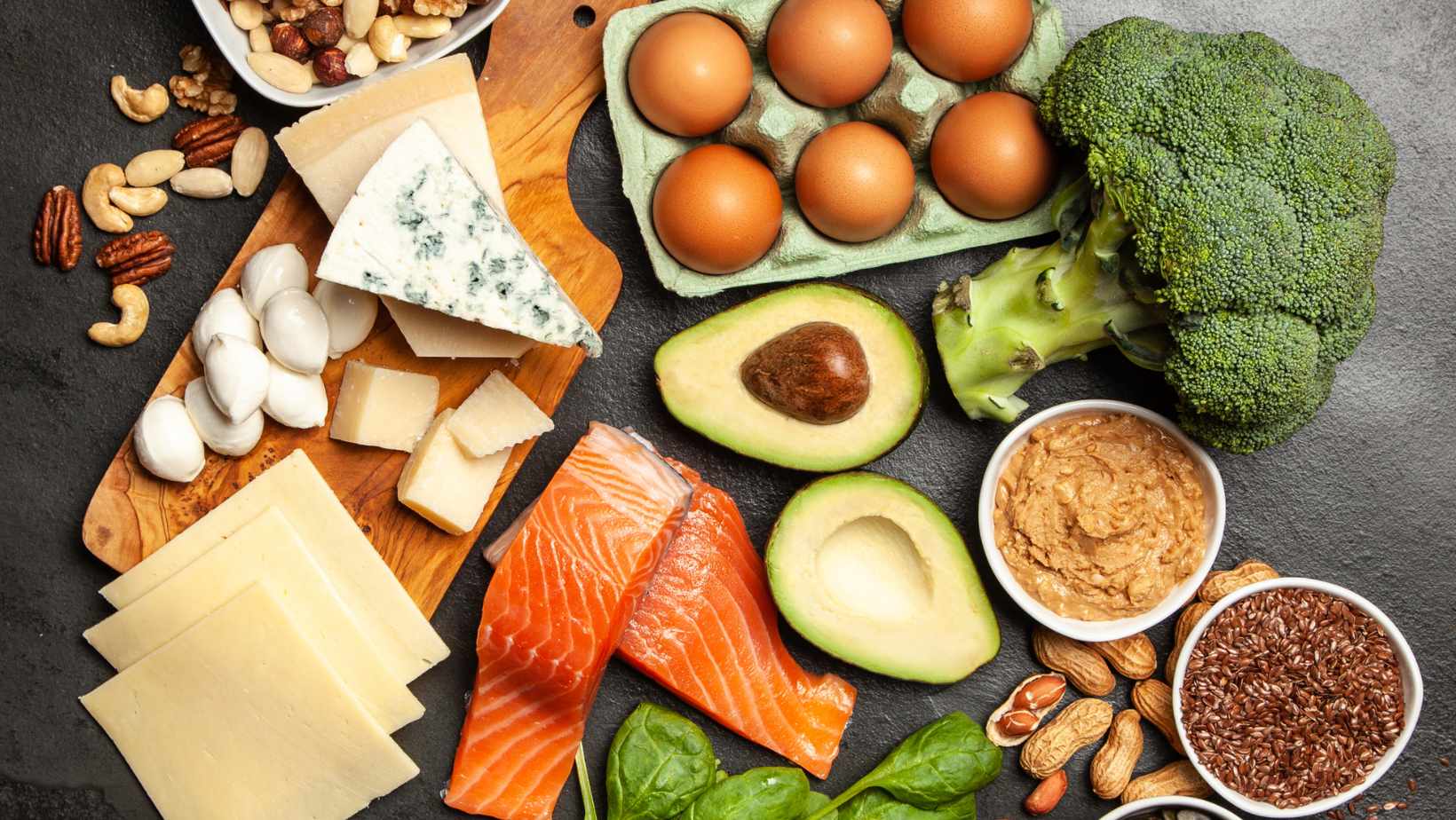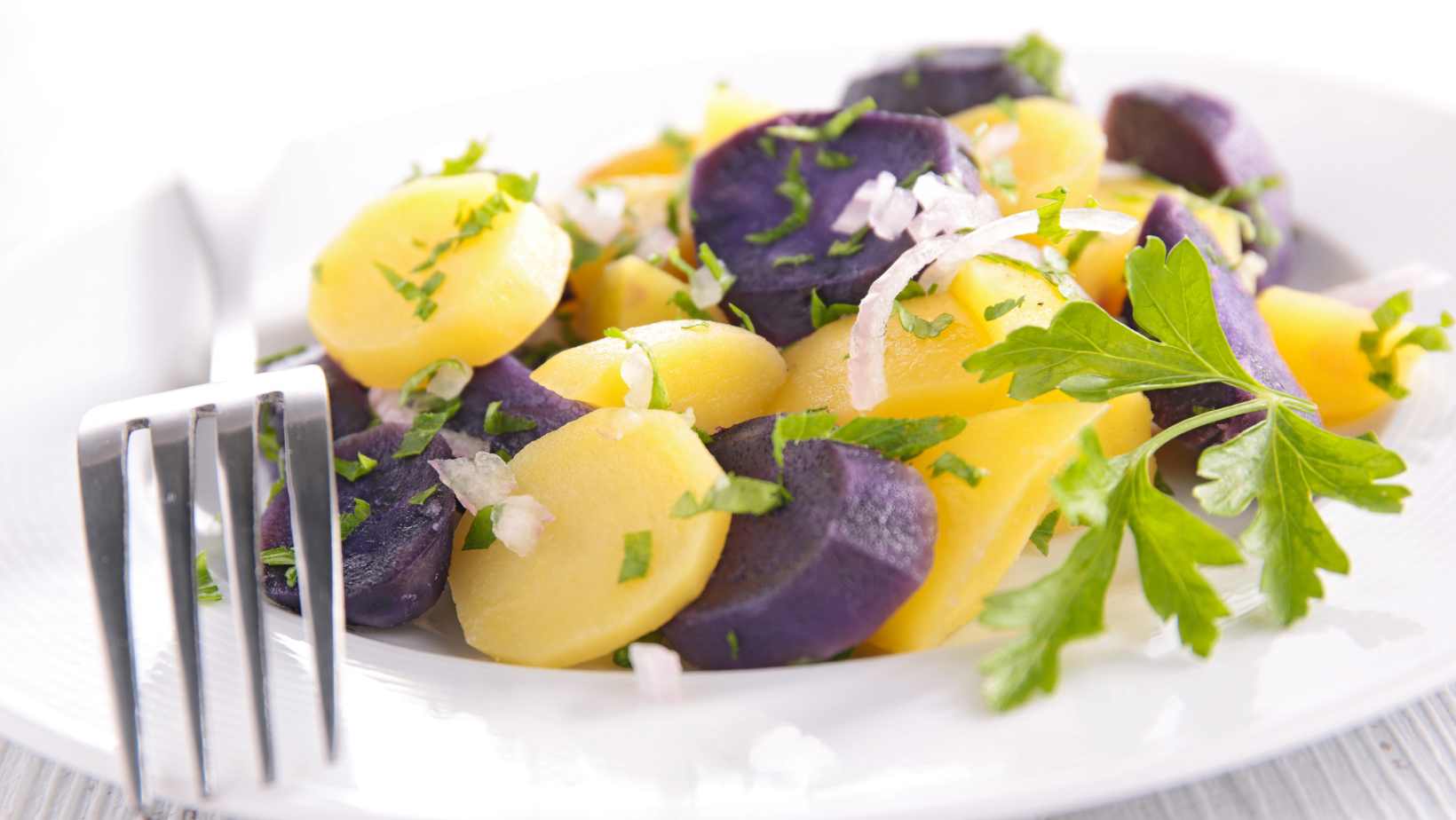Beets are a great addition to a Keto diet due to their low carb content and numerous health benefits. Here are six reasons why you should incorporate beets into your Keto diet:
- Beets are low in carbohydrates, making them an ideal vegetable for a keto diet.
- They contain essential vitamins and minerals such as folate, potassium, and vitamin C.
- Beets are high in fiber, which is important for maintaining bowel regularity.
- Studies have shown that beets can help improve blood pressure, reduce inflammation, and boost athletic performance.
- Their rich color comes from pigments called betalains which have powerful antioxidant properties.
- Incorporating beets into your meals can add variety and flavor to a ketogenic diet that can sometimes feel restrictive.
In addition to the above mentions, did you know that beets can also aid in liver detoxification? Betaine, an amino acid present in beetroot reduces fatty deposits in the liver. This nutrient assists in the breakdown of fats by supporting healthy liver function.
A friend of mine on the Keto Diet had been dreading meal times because he found it challenging creating simple yet flavorful meals. I suggested digging into beetroots; since it is easy to prepare as salads or roasted vegetable dishes that give an earthy flavor- something different from his regular greens. He loved the texture and taste!
Beet the boredom and go beyond the basics with these keto-friendly beet recipes.
Ways to Incorporate Beets in a Keto Diet
Beets, a versatile root vegetable containing various vitamins and minerals, can certainly be included in a keto diet. Here are some ways to incorporate them:
- Add beets as a natural sweetener to low-carb desserts and smoothies for a healthy and colorful twist.
- Make beet chips by thinly slicing them and baking in the oven with olive oil and sea salt for a savory snack.
- Use pickled beets as a tangy addition to salads or as a condiment for sandwiches.
- Roast beets with garlic, rosemary, and thyme for a side dish that pairs well with protein sources such as chicken or fish.
It’s worth noting that moderation is key since beets contain natural sugars that may affect ketosis. However, with careful planning, they can certainly fit into the diet. Also keep in mind that while the roots are keto-friendly, beet greens contain more carbs, so it’s important to factor those into your overall daily carb intake.
To add more flavor to your dishes incorporating beets, try adding balsamic glaze or goat cheese crumbles. These additions complement the natural sweetness of the vegetable while adding some healthy fats.
Don’t forget to wear a bib when using beets in your Keto diet – they’re known to stain shirts and teeth alike.
Are beets keto friendly
Beets can be incorporated into a keto diet without losing its distinct flavor and nuance. Here are some useful tips to include beets into your keto meal plan:
- Use Beets as a Salad Base: Mix grated raw beets with dressed greens to make a vibrant salad and add an excellent source of fiber and nutrients.
- Roast Beets for Side Dishes: Roast whole or sliced beets in the oven for a hearty side dish, perfect when paired with protein. Season them with salt, black pepper, and olive oil.
- Create Beet Chips: Thinly slice washed beets using a mandoline; coat individual chips lightly with olive oil; season it. Finally, bake the slices at 375 degrees Fahrenheit for 12-15 minutes.
For additional ideas on incorporating beets into your keto diet, you may enhance your dishes’ visual appeal and nutrient content by pairing roasted or grilled meats with pureed beet sauces or adding sliced, boiled beetroot to omelets. Remember that moderation is key since one entire beet has nine net carbs.
Widely recognized for their earthy sweetness and bright magenta hue, the use of beetroots dates back to Ancient Roman times where they were eaten as pathways towards planetary health benefits. Initially known as ‘Roman Turnips,’ which later transformed into “beet” by way of Old English language. In the middle ages they were consumed in stews and soups across Europe.
















































